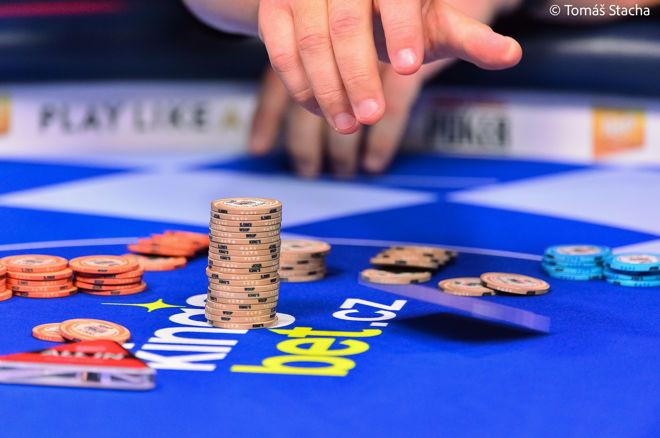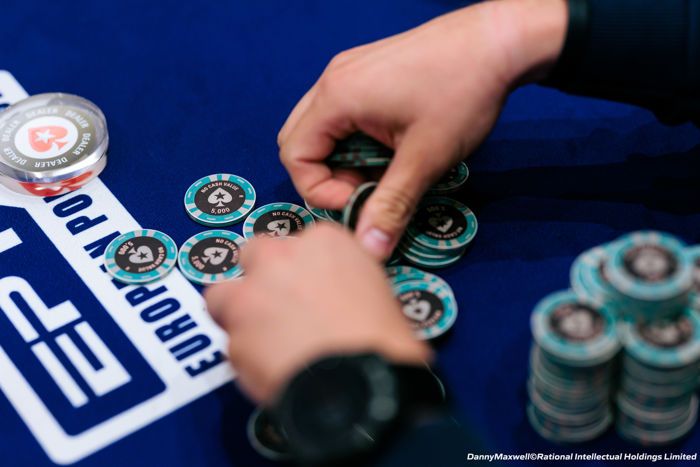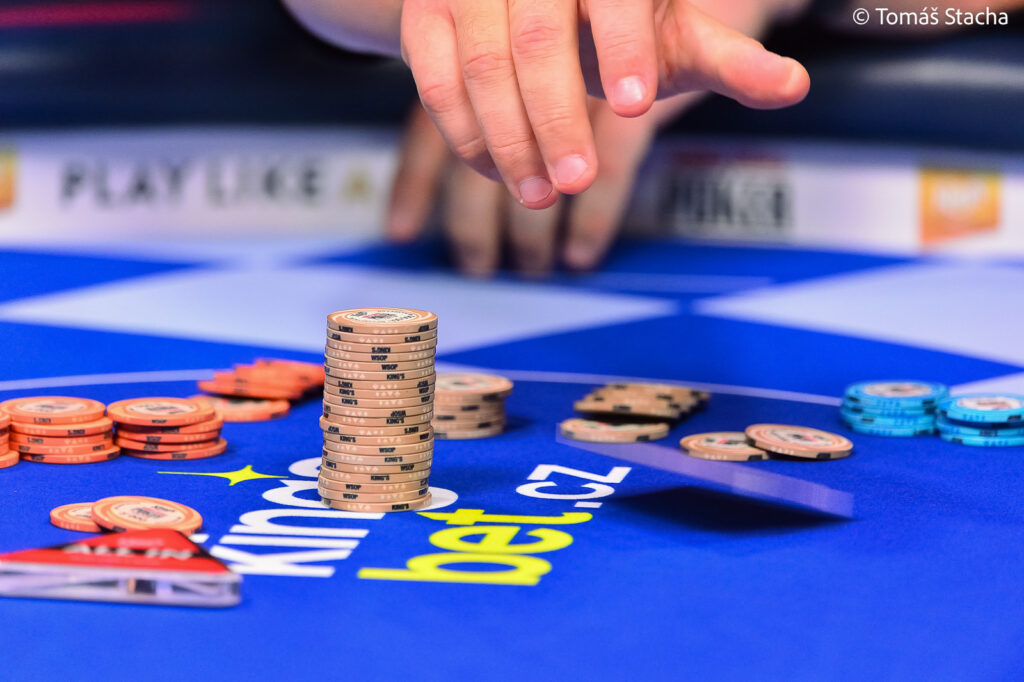
ICM is an essential tool for understanding tournament strategy, particularly the value of survival.
Although players cannot run ICM calculations like the ones on GTO Wizard during play, studying it off the table helps develop intuition for key decisions. In tournaments, maximizing your tournament equity is far more important than simply accumulating chips.
Learning to use ICM effectively means knowing when to play tight and when to exploit survival pressure for an edge over opponents.
What is ICM?
For a very modern-sounding poker term, ICM, or the Independent Chip Model, was first applied to poker in 1987 by Mason Malmuth, who co-founded the poker forum Two Plus Two.
The model helps players calculate tournament equity but uses stack sizes to determine how often a player will finish in each position. This, combined with the payouts of each of these positions, results in seeing your expected share of the prize pool given:
- The payout structure
- Your current position
- Your current stack size
This model guides better strategic decision-making, especially around critical moments like the bubble.
Why do we need ICM?
Unlike cash games, the value of chips in tournament poker doesn’t increase in a straightforward, linear way. Each chip doesn’t have a fixed monetary value in tournaments, so doubling your stack doesn’t mean you’ve doubled your expected winnings.
Instead, a player’s goal is to maximize their tournament equity, which depends not just on their stack size but also on how much of the prize pool they can realistically win, given the payout structure and their position in the tournament.
ICM helps players understand the risk they should take when considering whether to fold, call, or go all-in, leading to better long-term tournament results.
GTO Wizard gives a great example of how to calculate ICM using three players, where only two places are paid — go check it out!

Important ICM Tips and Tricks
Here is some helpful advice from GTO Wizard on how to put ICM into practice next time you’re playing in a poker tournament:
- Play tighter ranges in tournaments than in cash games, especially when stacking off.
- Avoid marginal spots. Just because the spot is marginally +cEV doesn’t mean it’s a +$EV spot. In fact, it’s usually a -$EV spot in a tournament.
- Play tighter with a medium stack and looser with a big stack when nearing the bubble.
- The value in terms of ICM of winning chips is smaller than the value lost when losing the same amount of chips.
- Payout structures vary depending on the tournament — be sure to pay attention!
- Got a shorty at the table on the verge of a pay jump — tighten up significantly.
Daily Dose of GTO FREE Download
Limitations of ICM
While ICM is a useful tool, it has limitations. It assumes all players have equal skill levels, which isn’t true in reality. It also doesn’t account for player positions, blind increases, or other dynamics like chip leader advantages.
For large tournament fields, ICM calculations can become computationally difficult. Because it doesn’t fully capture the strategic complexities of poker, ICM may underestimate how much the chip leader can bully smaller stacks due to ICM pressure.
Want more GTO Wizard ICM content? Then check out this video!




